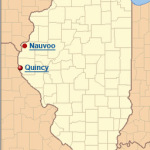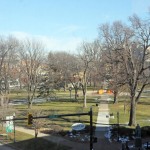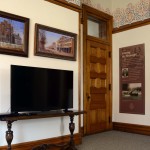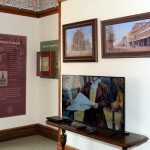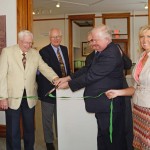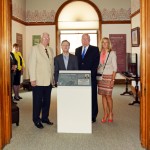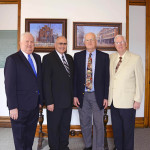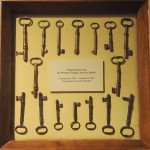Quincy: City of Mormon Refuge 1838-1839
When a group of 5,000 to 6,000 Saints: men, women, and children, were forced to flee under threat of extermination from orders issued by Missouri Governor Lilburn Boggs during the winter of 1838/39, 1,600 settlers of Quincy, Illinois opened their homes and hearts to the refugees. Their kindness and hospitality undoubtedly saved the lives of many of the exiles, and made possible the later establishment of the Mormon settlement of Nauvoo.
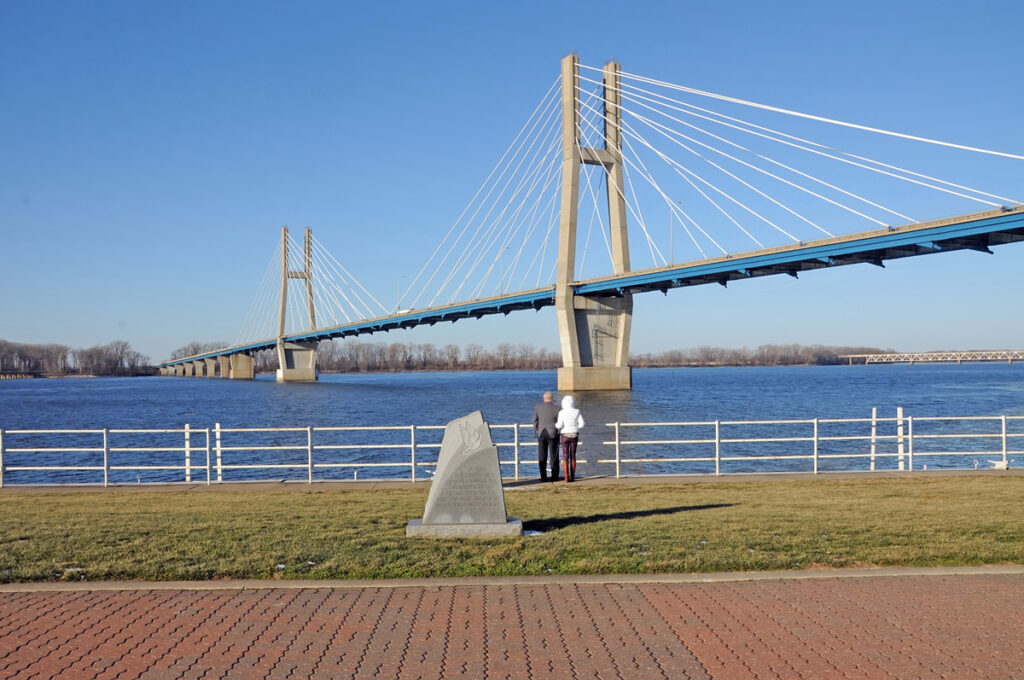
The benevolent kindness of the Quincyans towards the Saints exhibited their strength of unequaled character. Besides receiving the fleeing saints, Quincy was a prominent transit point on the underground railroad assisting slaves fleeing the South prior to the Civil War, and helping Native Americans on their Trail of Tears in the 1830’s.
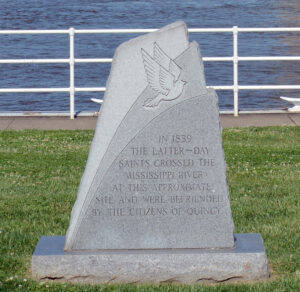
On June 28, 2002 President Gordon B. Hinckley traveled with the Mormon Tabernacle Choir to Quincy for a concert of thanks. In his remarks he said: “We come here as those who love and appreciate the city of Quincy, Illinois. In the annals of our Church, the city of Quincy and its citizens will always occupy a position of the highest esteem. We shall always be grateful for the kindness, the hospitality, the civility with which your people met our people who were exiles from the state of Missouri.”

To commemorate this story of kindness and benevolence, the Ensign Peak Foundation has partnered with the historic History Museum in Quincy to establish an interpretive center. The center occupies 244 sq. ft. of space on the main level of the building with paintings, storyboards, and a video to chronicle the account. The storyboards were produced with the assistance of Steven L. Olsen of the LDS Church Historical Department, and the video by Dennis Lyman and Glenn Rawson, producers of the “History of the Saints” series.

One of the items on display is the original keys for the first Nauvoo temple that are in the possession of the museum.
Following the arrival of the Saints, the city of Quincy became an important center of early LDS Church activity. It was in Quincy that the Church held conferences in March and May of 1839, where important business was transacted including approving the mission of the Twelve to Europe. In September of the same year a stake was organized, and it was to Quincy that the Prophet Joseph Smith and brother Hyrum traveled after their escape from Missouri. It was in Quincy that the refugees appeared before magistrates and swore to affidavits and redress petitions cataloging the loss of property and abuses suffered at the hands of the mobs in Missouri.
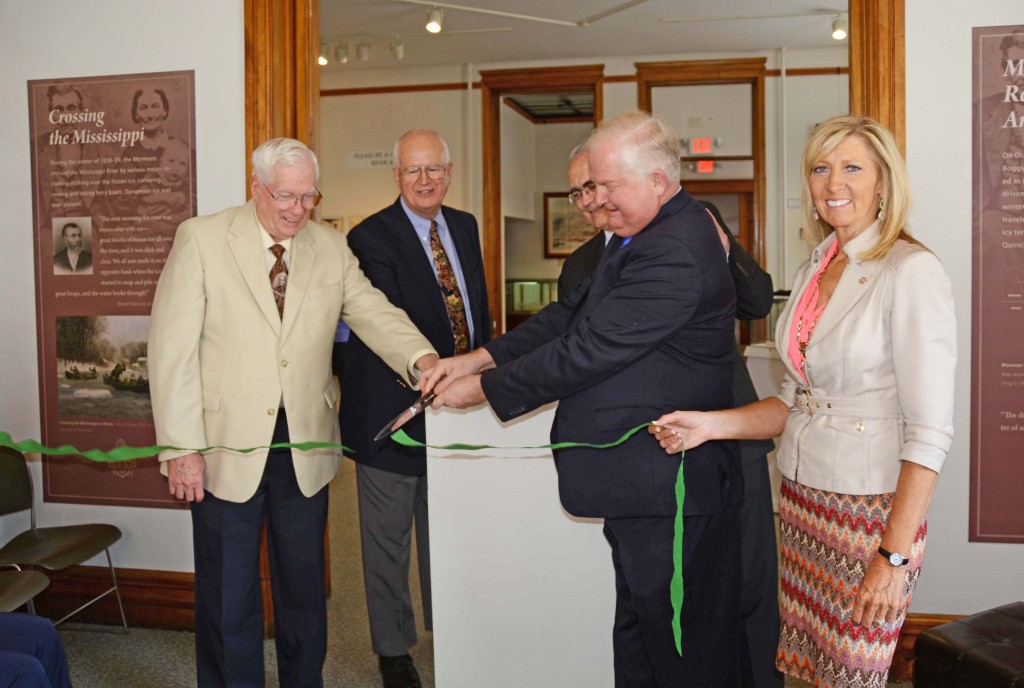
The History Museum building was built in 1888 on the corner of Washington park, the earlier site of the October 13, 1858 historic debate between Abraham Lincoln and Stephen A. Douglas. A ribbon cutting ceremony for the reopening of the History Museum was held, Saturday, April 18, 2015 and was followed by a dedication of the MHSF exhibit.
Quincy: A Rescue Never to be Forgotten
Photos
Articles & Resources
News Articles
Remembering a Heartwarming Chapter
by Scott Lloyd
Church News
May 10, 2015
Once Upon A Time in Quincy: Town provided refuge for persecuted Mormons
by Justin Coffey
Quincy Herald-Wigg

